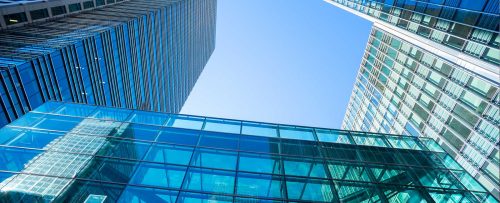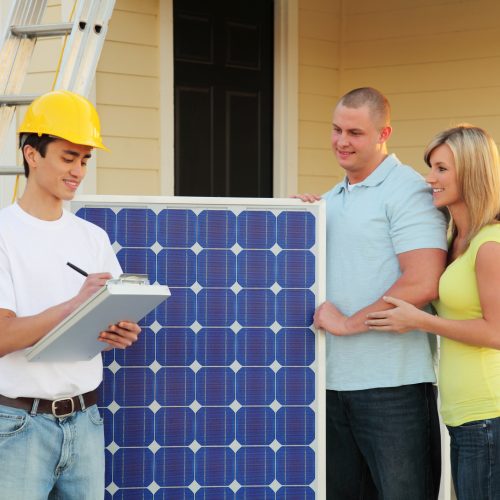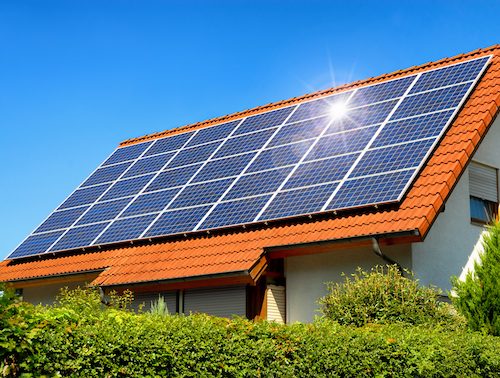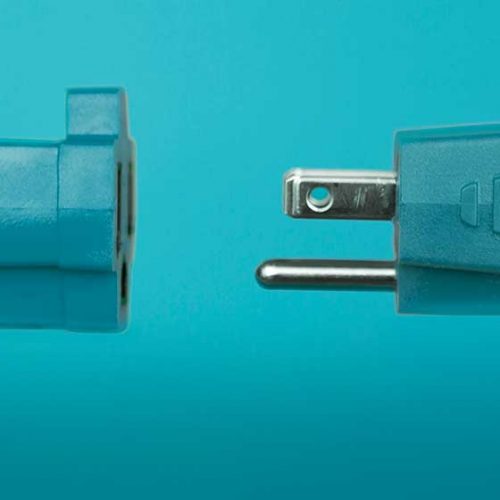
Buildings

How to Use Peer Diffusion to Make Better Homes a “Must Have”
Co-authored by Larry Zarker, Executive Director, Building Performance Institute Peer Diffusion: A form of communication within and between networks of people that (1) occurs through varying forms of social comparison and social interaction around an innovation (i.e., a new behavior, idea, or technology) and (2) ultimately promotes the broader adoption…

Getting to Net-Zero Carbon in Multifamily Homes
Consumers wanting to undertake a deep energy retrofit of a home currently face a challenging process that involves multiple complex steps, as shown in the infographic below. For this reason, many give up on energy efficiency. Figure 1 Consider what a corollary example would be with a…

When It Comes to Buildings and Climate Change, Colorado Matters
Buildings have an enormous impact on earth’s climate. Businesses, developers, and citizens in Colorado are stepping up to alleviate this impact with superefficient buildings (which are 50 percent higher-performing than code-compliant buildings) and increasingly, net-zero carbon buildings. Here are a few examples that show how the state is leading the charge in redefining the built environment and why—as we drive toward a clean, prosperous, and secure low-carbon energy future—Colorado Matters.

Black History and Culture in a Green Building
The National Museum of African American History and Culture (NMAAHC) is about to become the newest member of the Smithsonian system on the National Mall, in a dazzling building that is more sustainable than any before it. At the official opening this Saturday, Victor Olgyay, a principal at RMI and a leader of RMI’s buildings practice, and Elaine Gallagher Adams, a former manager with RMI’s buildings practice, will be taking part. The pair was involved with the project from its very beginning, as was RMI.

A Necessary Low-Carbon Development Strategy for Chinese Buildings
China has the opportunity to improve the thermal comfort of building occupants without increasing energy use by designing new buildings (and retrofitting old ones) to have many of the passive features that RMI’s Innovation Center demonstrates. These features require very low levels of energy to fuel them, and deliver thermal comfort that is better than what most Chinese buildings are delivering now.